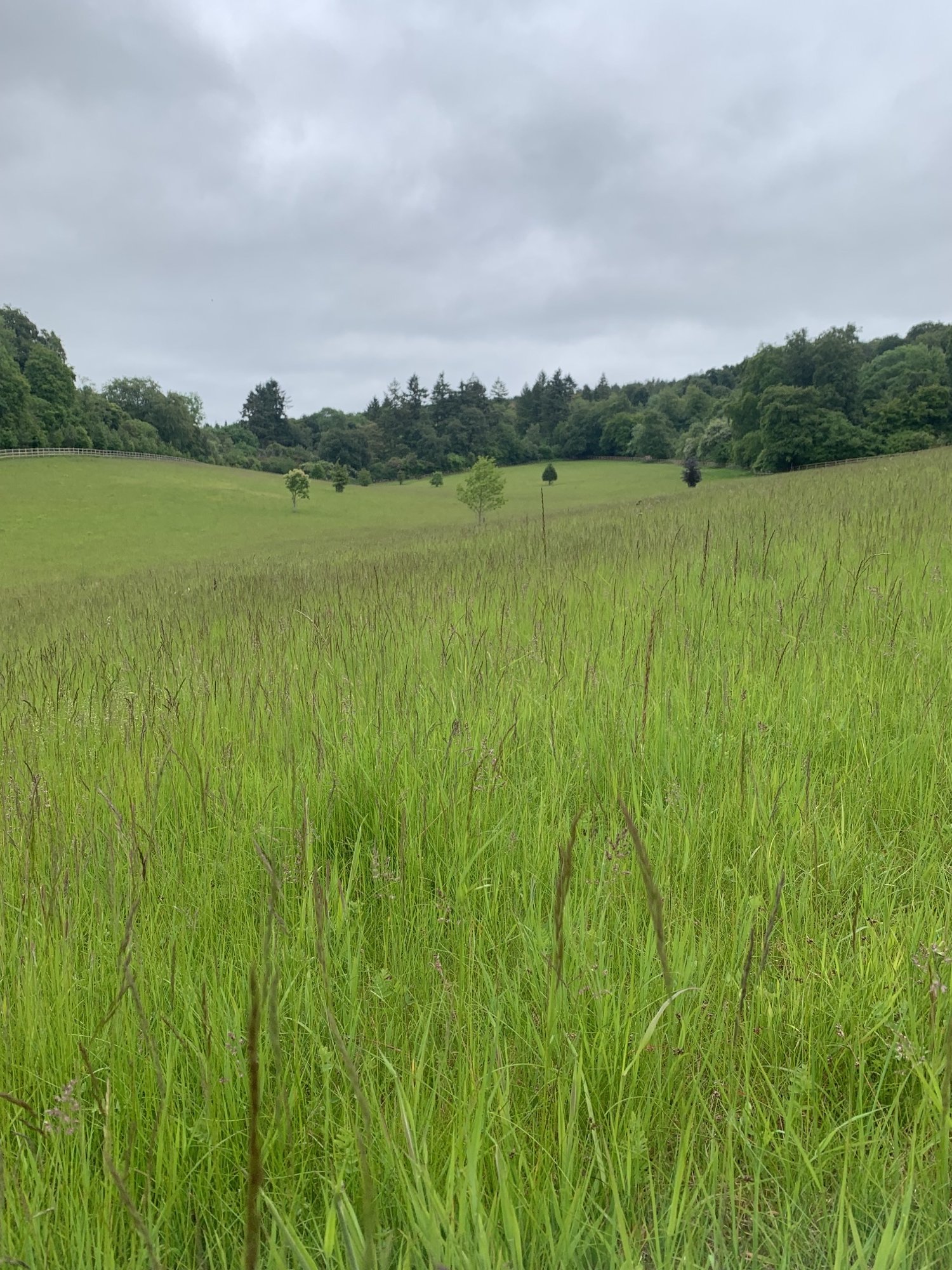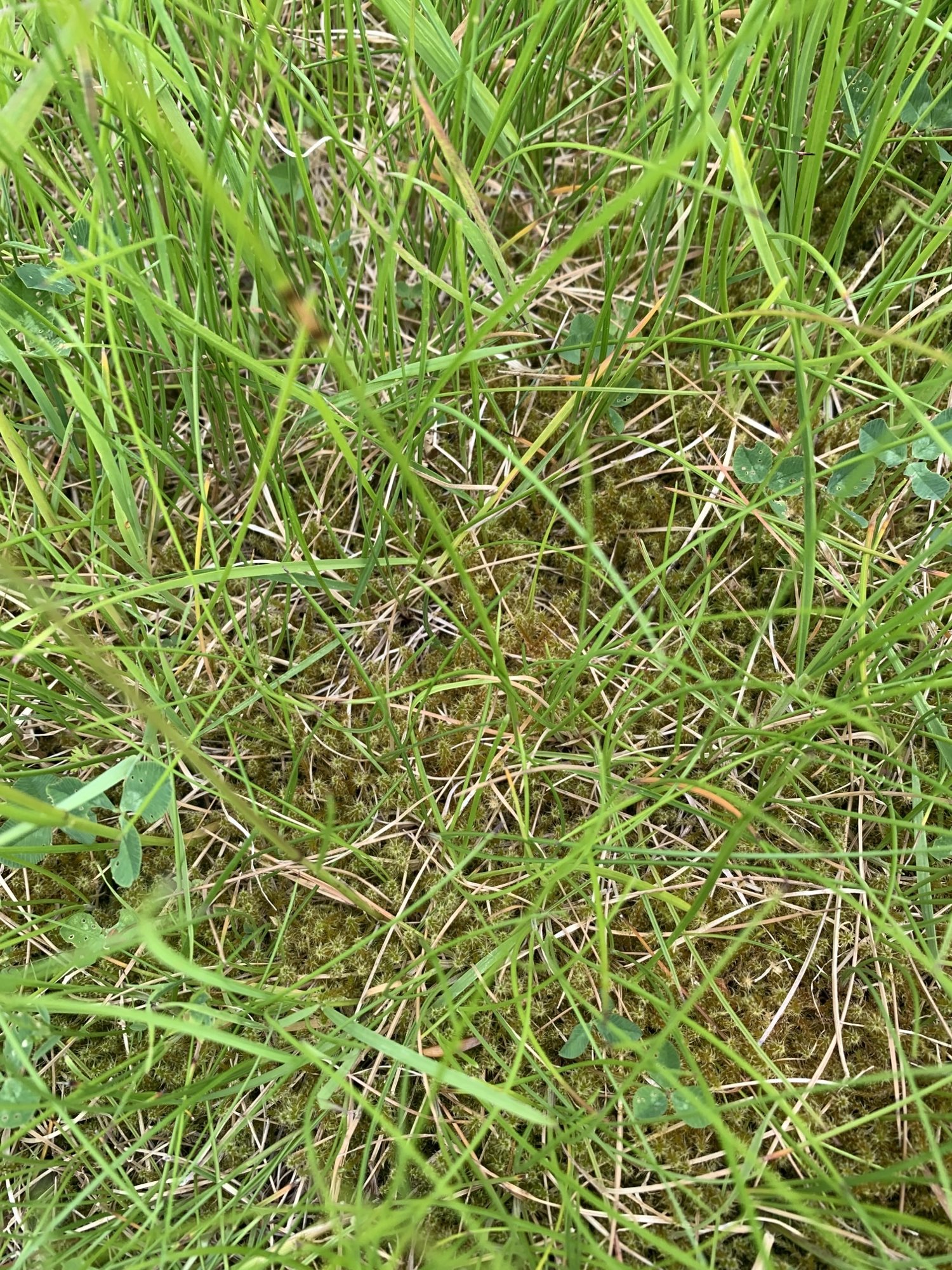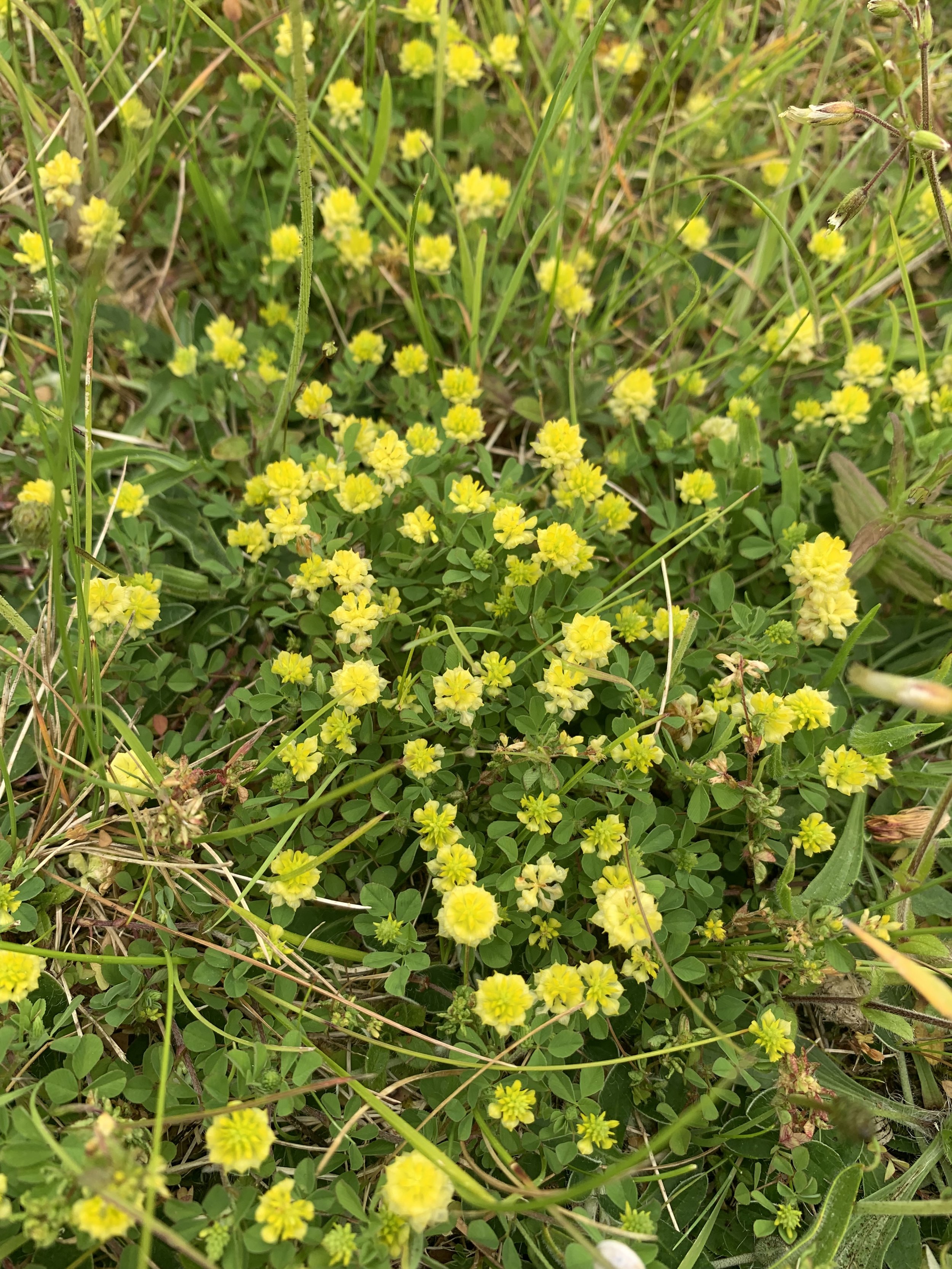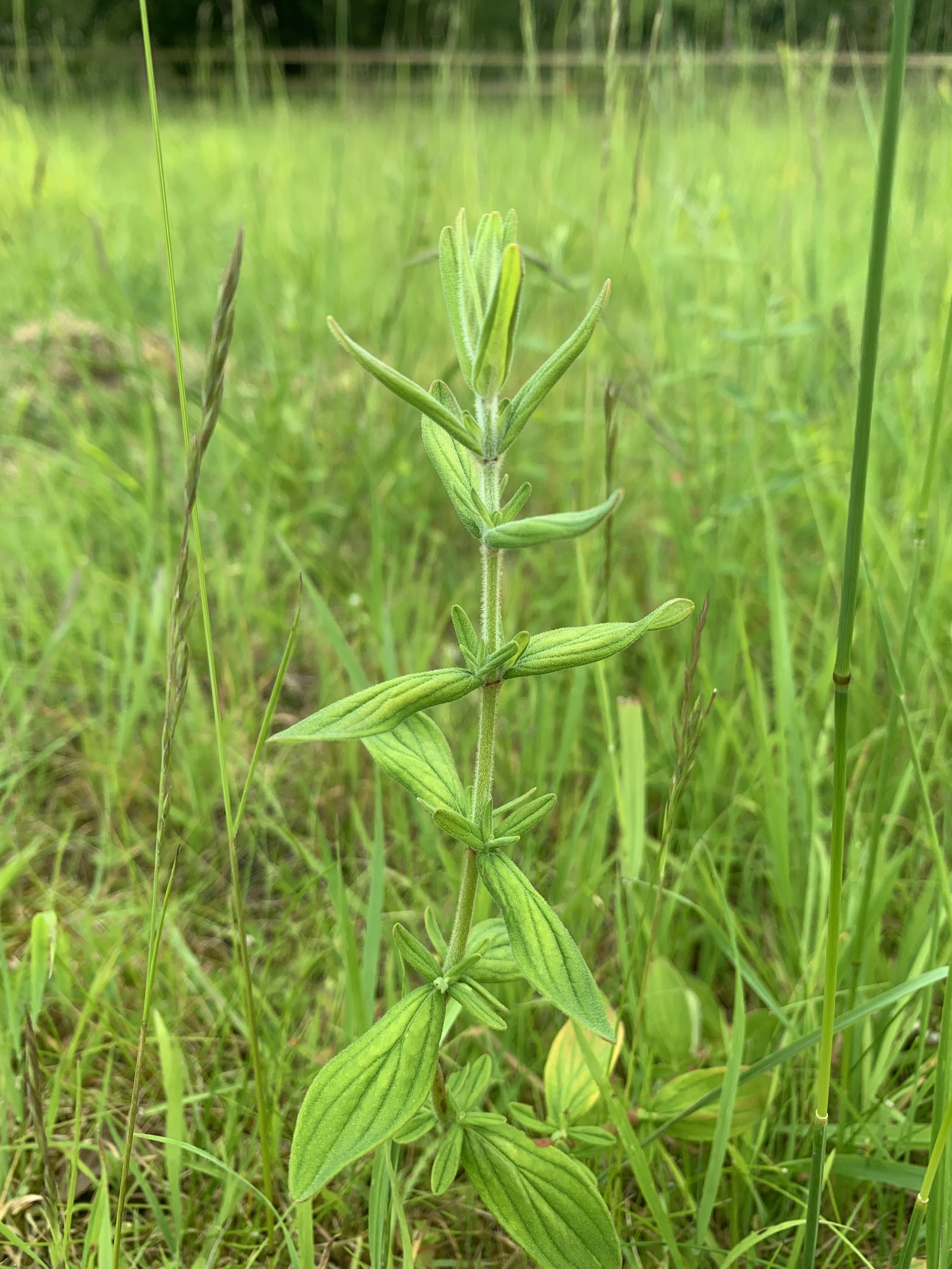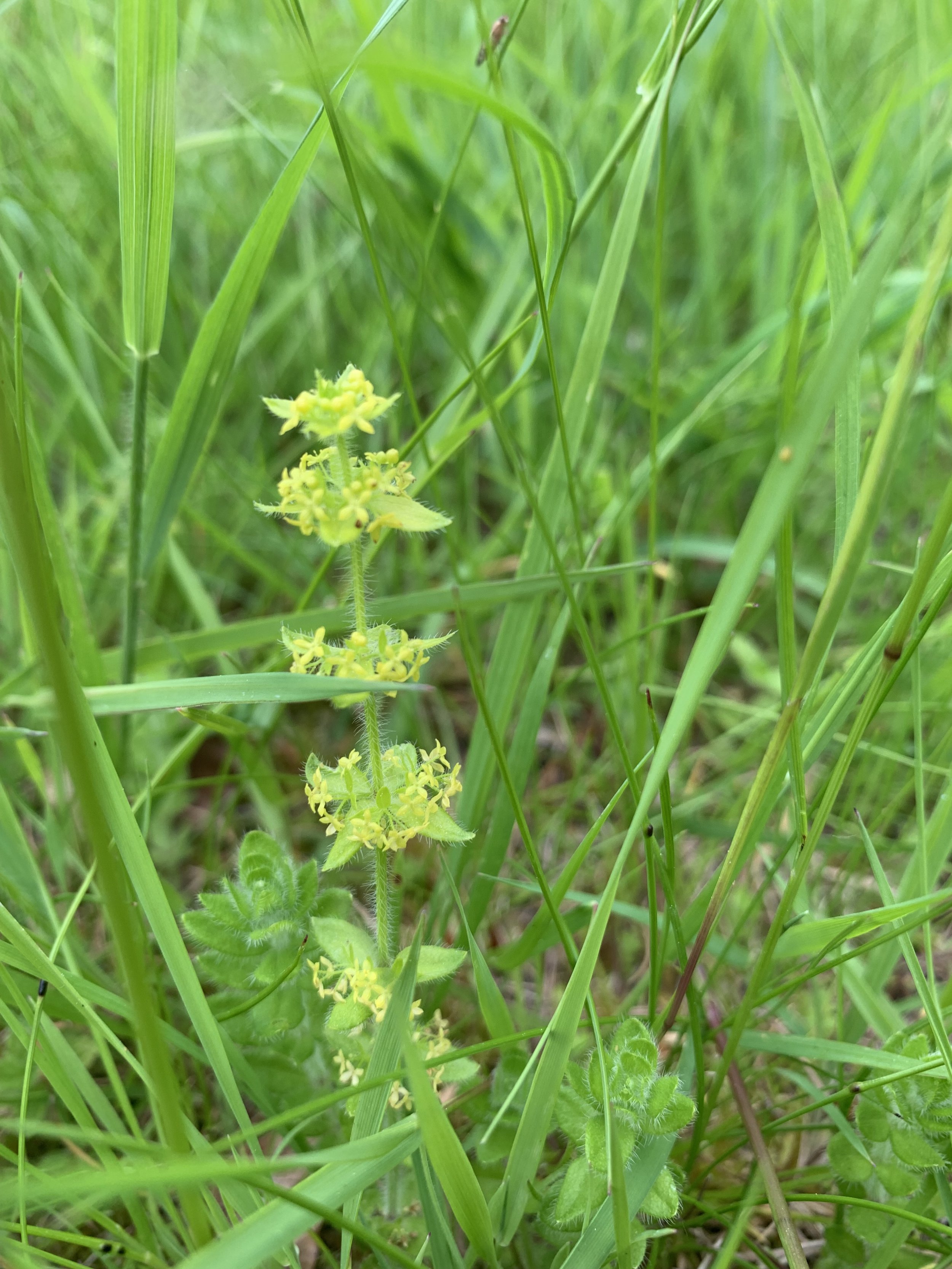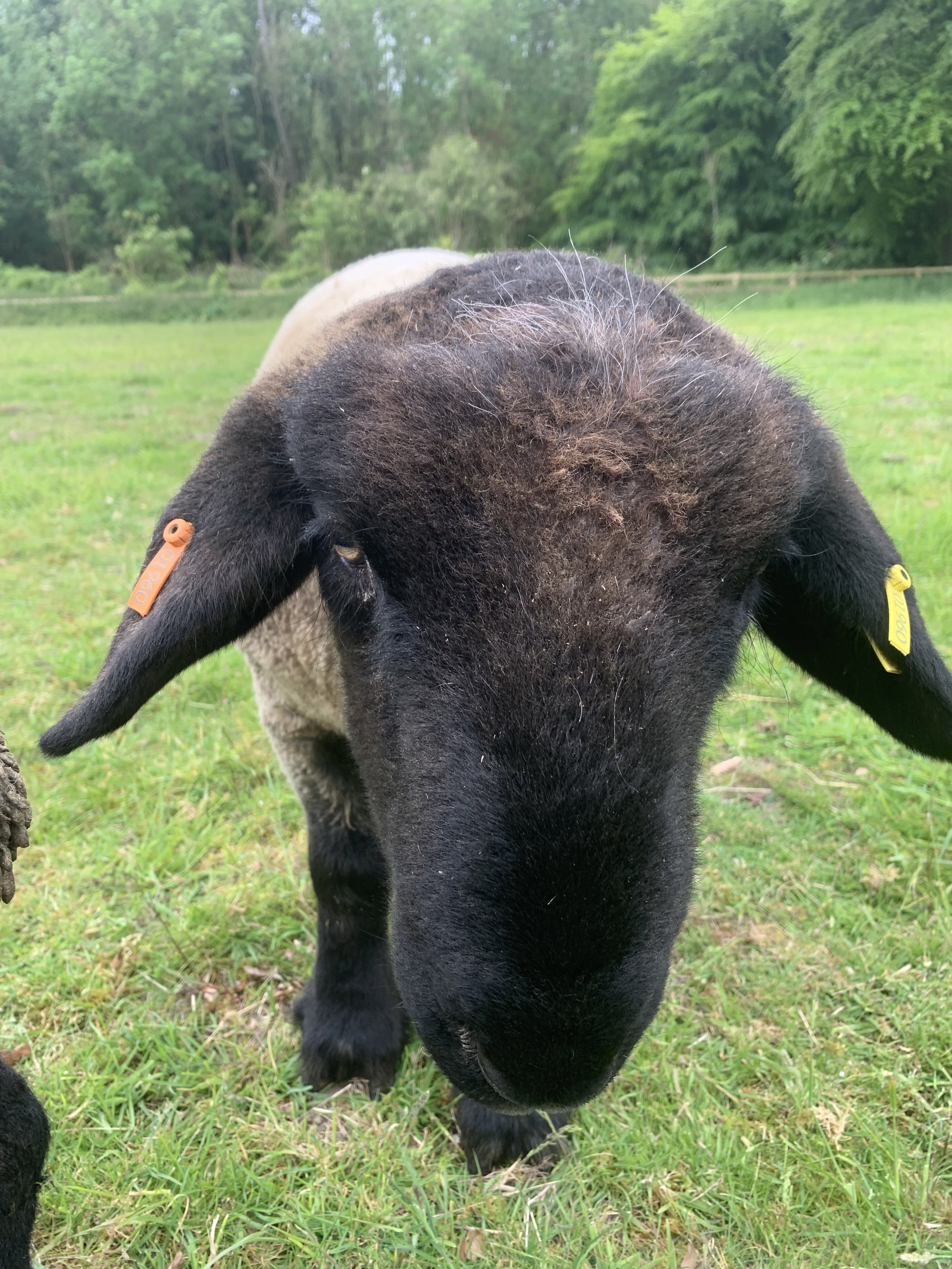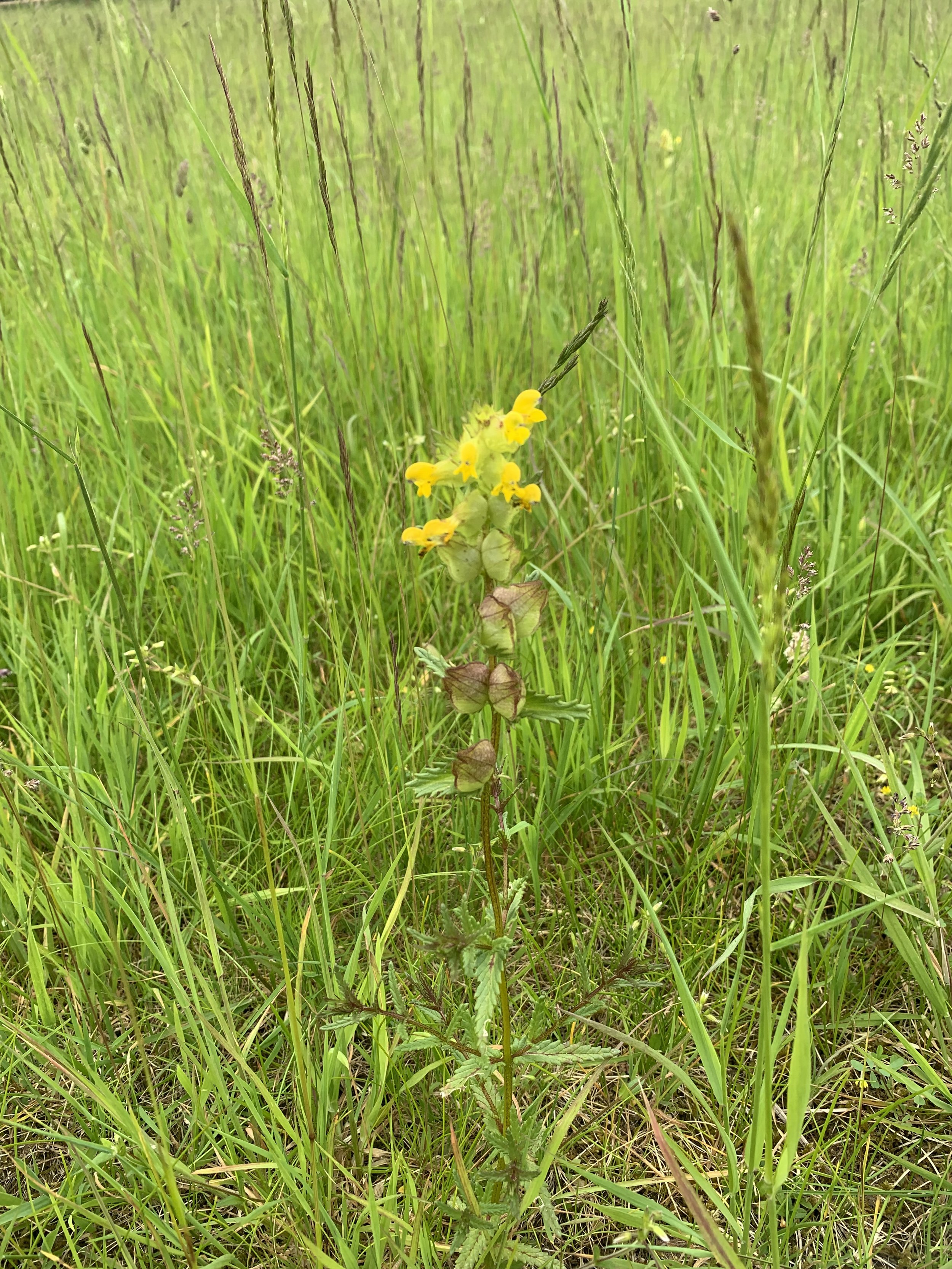Wildflower meadow and grasslands in south Oxfordshire
HOW DID YOU COME TO LOOK AT BIODIVERSITY NET GAIN (BNG)?
My name is Lucy Shaw and I manage an estate near Goring. The Estate consists of arable, permanent grassland and woodland. Much of our woodland is Ancient Semi-Natural woodland and managed as such through a Countryside Stewardship agreement. Our aspiration is to improve and enhance the overall biodiversity of the Estate, for wildflowers, wild grasses, and other plants and also all the animal, microbial and other species that live off such areas.
After hearing about the Coronation Meadows and Pollinator Meadow projects we were really inspired to create wildflower and grass meadows on the areas of permanent pasture. I heard about Biodiversity Net Gain funding through our Natural England adviser who supported our aspirations.
HOW EASY WAS THE APPLICATION PROCESS?
From the outset I have been able to engage proactively with the advisors from TOE. This has enabled a practical and thorough assessment of the Estate’s aspirations, how these align with TOE’s wider objectives, and has enabled tailoring our project to provide mutual benefits. The application process has been very clear, considered, and responsive, and we continue to engage positively with TOE now that the project is underway.
HOW DOES BNG IMPACT THE ESTATE MANAGEMENT?
The permanent pasture has been managed through mechanical means for at least the last 20 years as we have no livestock. This BNG project has enabled us to put in place a more traditional grassland management regime. This has included fencing and provide water to five fields so that we can lease the land to a grazier. Grazing the fields with stock will be hugely beneficial in helping diversify the botanical species. In addition, the BNG project will cover all the costs of preparing the grassland for the introduction of appropriate seed to create a lowland meadow from poor quality modified grassland.
TOE PERSPECTIVE
We look to strategically deliver projects in line with emergent local nature recovery plans so when we were approached by Lucy we were excited by the opportunity to increase the area of lowland meadow and secure long term management for this habitat – a long identified priority habitat for Oxfordshire and this habitat is a priority within this Conservation Target Area, Chilterns Escarpment South. The grassland location also borders an existing lowland meadow Local Wildlife Site which will expand the habitat range for associated bird and insect species.
Progress report 2023
With the new fencing up, sheep have been allowed into the meadow to begin the rotational grazing cycle. Wildflowers not previously found on the site have appeared, with species such as yellow rattle, white campion, wild basil, rough hawkbit (and more!) popping up and showing the project is well on the way towards its achieving its aims.


